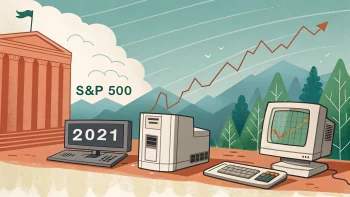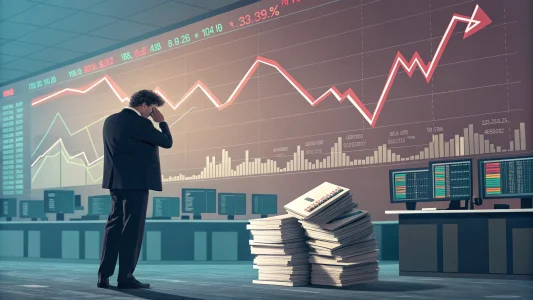The relationship between tariffs and economic prosperity has become a central focus of recent trade policy discussions. Historical evidence and current economic indicators suggest that implementing broad tariffs can have significant unintended consequences for the global economy and domestic markets.
Table of Contents
ToggleHistorical Context and Legislative Framework
A significant shift in U.S. trade policy occurred in 1962 when legislation granted presidents the authority to impose tariffs independently without congressional approval. This legislative change has profound implications for current trade policy decisions, allowing for rapid tariff implementation.
The Smoot-Hawley Tariff Act of 1930 is a critical historical example of tariff policy gone wrong. This legislation, which aimed to protect American jobs and industry, had devastating consequences:
- Twenty-five major countries implemented retaliatory tariffs
- Global trade decreased by 65%
- The Great Depression became more severe and prolonged
View this post on Instagram
Modern Trade Policy Implications
Recent trade policies mirror some aspects of historical approaches, though they aim for different outcomes. The 2018 trade tensions with China demonstrated that market reactions to tariff implementations can be swift and significant, as evidenced by the sharp decline in the S&P 500 during that period.
Economic Impact Analysis
The implementation of tariffs can affect the economy through several mechanisms:
- Direct cost increases on imported goods
- Higher consumer prices across various sectors
- Potential wage pressures if production returns to higher-cost labor markets
The labor cost differential between the United States and its major trading partners is a significant consideration. When manufacturing returns to regions with higher labor costs, it typically results in increased production expenses, which often transfer to consumer prices.
Market Considerations
While some economic policies may support growth, tariffs present a distinct risk factor for markets. The stock market’s historical response to trade tensions suggests investors should carefully consider the potential impact of tariff policies on their portfolios.
Implementing tariffs can create a ripple effect throughout the economy, affecting not just direct trade partners but entire supply chains and related industries. This widespread impact makes tariffs a significant factor in economic forecasting and risk assessment.
Frequently Asked Questions
Q: How do tariffs affect consumer prices?
Tariffs typically increase the cost of imported goods directly, which can lead to higher prices for consumers. Additionally, when production shifts to regions with higher labor costs, these increased expenses often result in higher retail prices for finished products.
Q: What historical evidence exists about the effectiveness of tariffs?
The Smoot-Hawley Tariff Act of 1930 provides a clear historical example. Instead of protecting American jobs, it led to retaliatory tariffs from other countries, caused a significant decrease in global trade, and worsened the Great Depression.
Q: How do modern tariffs impact the stock market?
Stock markets often react negatively to tariff implementations and trade tensions, as demonstrated by the S&P 500’s decline in the 2018 trade disputes with China. This suggests that tariffs can create significant market uncertainty and volatility.

















